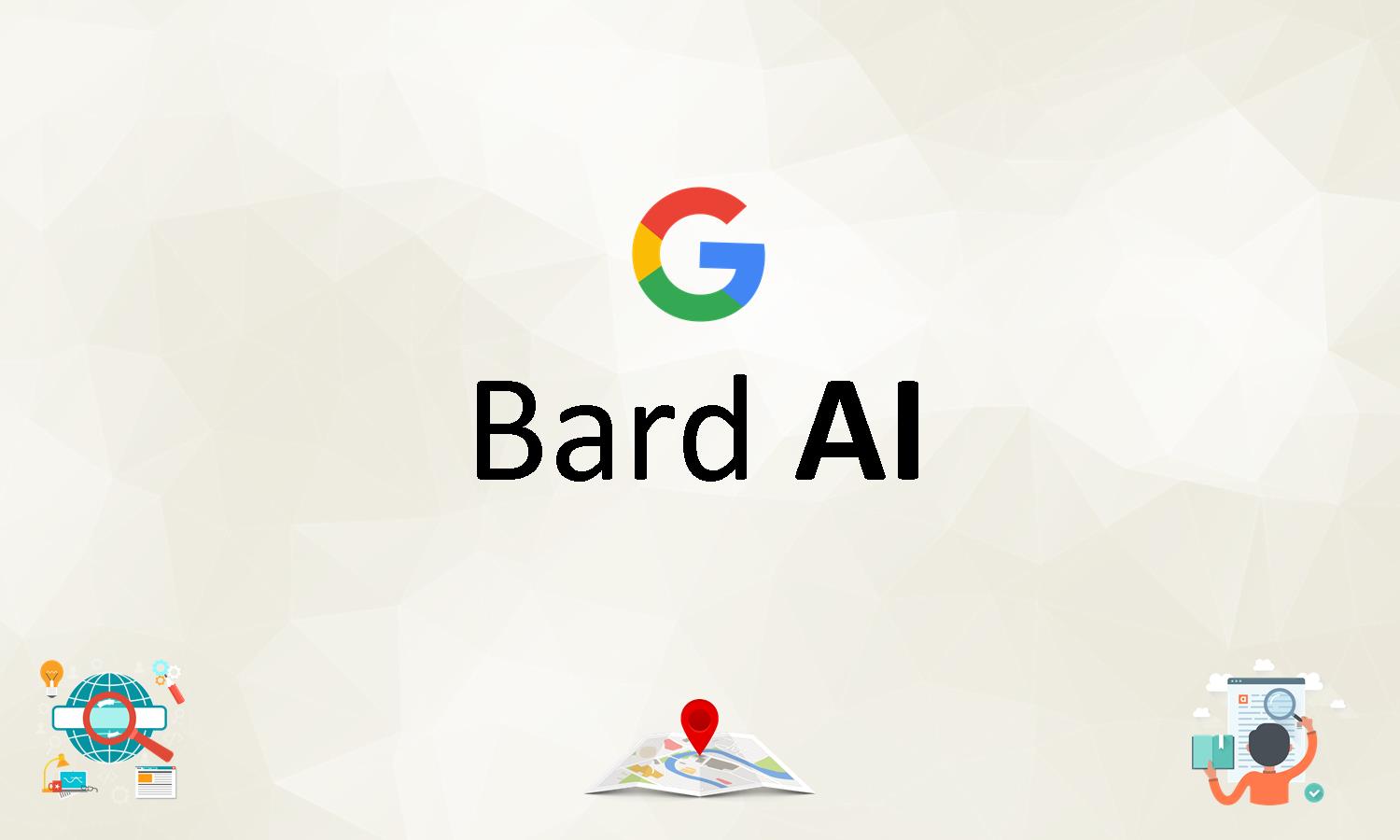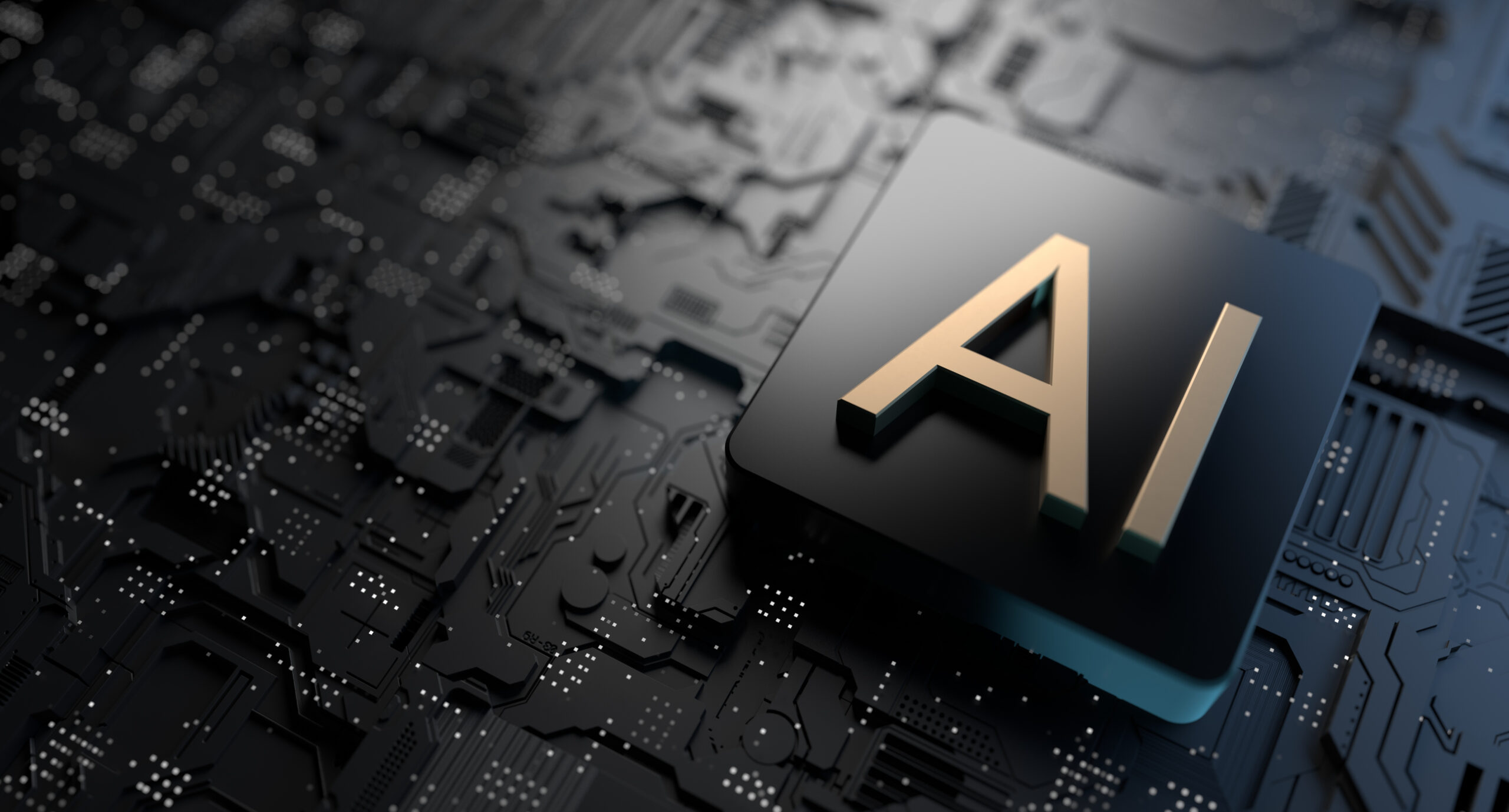Exploring Bard AI: Google’s Vision of Conversational AI
Introduction to Bard AI
Artificial intelligence has undergone rapid advancements in recent years, and one of the most exciting developments is the rise of conversational AI. Among the key players in this domain is Bard AI, Google’s latest leap forward in natural language processing and conversational technology. Designed to rival other AI models like ChatGPT and Claude, Bard is not just another chatbot—it’s an intelligent assistant that combines the power of vast language comprehension with Google’s search capabilities.
In this blog, we’ll explore what Bard AI is, how it works, and its potential to reshape our interaction with technology.
What is Bard AI?
Bard is a conversational AI developed by Google that utilizes Language Model for Dialogue Applications (LaMDA) technology. Announced in 2023, Bard is part of Google’s broader strategy to integrate AI into everyday tasks, allowing users to interact with it through natural, human-like dialogue. From answering factual queries to assisting with creative writing, Bard’s primary goal is to understand and respond in a conversational tone that mimics human interaction.
While previous models such as Google Assistant focused on task-based commands (like setting alarms or answering basic queries), Bard aims for deeper engagement, making it ideal for creative collaborations, learning, and complex conversations.
How Does Bard Work?
At its core, Bard AI leverages LaMDA, one of the most advanced language models built by Google. LaMDA is designed to hold conversations that are open-ended and multi-turn, meaning it can carry on dialogues with the context of prior messages, much like a human conversation.
Key technologies powering Bard AI include:
- Natural Language Understanding (NLU): This allows Bard to understand the nuances, context, and complexities of human language. It can pick up on ambiguous sentences and still respond intelligently.
- Machine Learning: Bard uses deep learning algorithms to continuously improve its responses by learning from vast datasets. With access to billions of pages from the web, it is trained to provide up-to-date and accurate information.
- Real-Time Internet Access: Unlike some AI models that rely solely on pre-trained data, Bard can access the internet in real-time. This means it can provide the latest information, making it more reliable for news, research, and other time-sensitive topics.
Features and Use Cases
1. Enhanced Search Capabilities
One of Bard’s standout features is its ability to combine conversational AI with Google Search. When users ask questions, Bard doesn’t just rely on pre-trained data; it pulls real-time information from Google’s search engine, providing more accurate and up-to-date responses than some other AI models. This makes it an ideal tool for research, learning, or staying informed on current events.
2. Personalized Conversations
Bard AI is designed to remember previous interactions in a conversation, creating a personalized experience. This makes it suitable for long-form conversations or tasks that require multiple steps. For example, Bard can help plan a trip by keeping track of your preferences, suggestions, and changes during the conversation.
3. Creative Assistance
Bard is also a great tool for creative professionals, writers, and students. It can help generate ideas, write poems or stories, suggest edits, or even brainstorm business solutions. Its ability to respond in various tones and styles adds a layer of creativity to its capabilities, making it a versatile assistant for creative projects.
4. Multilingual Support
Google’s AI models are known for their global reach, and Bard is no different. It supports multiple languages, allowing users from different linguistic backgrounds to interact with it. This positions Bard as a globally inclusive AI, expanding its usefulness across countries and cultures.
Bard vs. Other AI Models
1. Bard vs. ChatGPT
While both Bard and ChatGPT are conversational AIs, their key difference lies in information retrieval. Bard’s integration with Google Search allows it to provide real-time and up-to-date responses, whereas ChatGPT (as of 2023) relies on data that cuts off at a certain point in time. This gives Bard an edge in real-world applications that require the latest information.
2. Bard vs. Claude
Anthropic’s Claude, like Bard, focuses on ethical and safe AI. However, Bard benefits from Google’s massive data infrastructure and search engine capabilities, making it more robust for fact-based queries. Bard also has broader access to various languages and cultures through Google’s vast ecosystem.
3. Bard vs. Bing Chat
Microsoft’s Bing Chat, powered by OpenAI’s technology, has a similar approach to Bard in integrating with search engines. The major distinction comes down to user preference and ecosystem, with Bard being favored by users who are more integrated into Google’s services and products.
Future of Bard
Google’s investment in Bard-AI points toward an exciting future for conversational AI. With the ongoing improvements in LaMDA, the AI will likely continue to get better at understanding more complex language nuances, providing more accurate, personalized, and natural interactions. We can expect Bard to be deeply integrated into other Google products like Google Docs, Gmail, and Google Calendar, making it an essential tool for productivity and creativity.
Moreover, with growing focus on AI safety, Google is likely to prioritize responsible AI use, ensuring that Bard provides ethical and unbiased responses, aligning with Google’s mission to build AI for good.
Conclusion
Bard-AI represents the next generation of conversational AI, combining the power of Google’s search capabilities with advanced natural language understanding. Whether you need assistance with research, creative writing, or simply want to have a conversation, Bard is poised to become an invaluable tool in both personal and professional settings.
As Google continues to innovate in the AI space, Bard’s potential will only grow, shaping the future of how we interact with technology.
Share this content:



